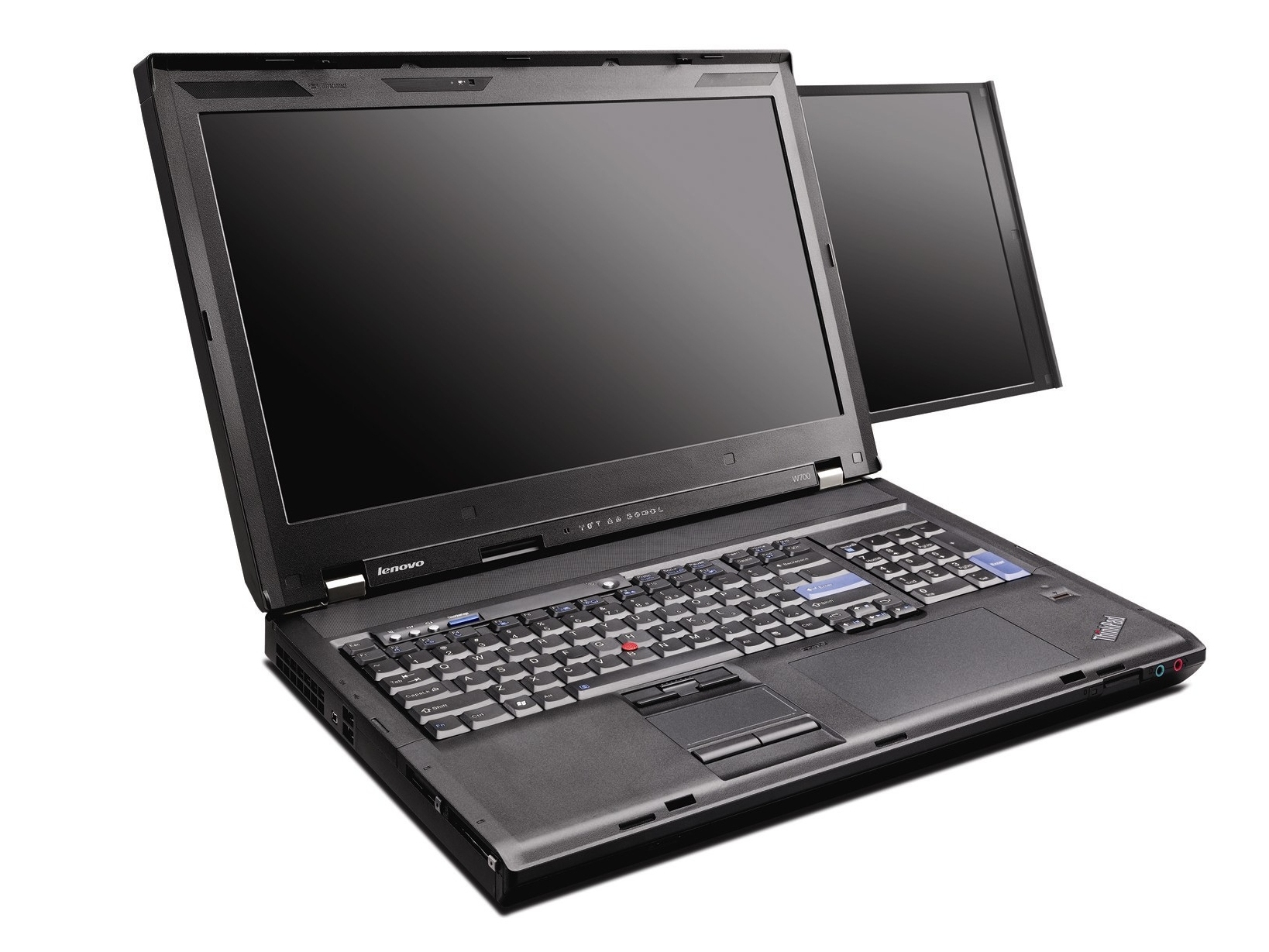10 reasons why you need dual monitors
How an extra screen makes your PC better for work and play

If you don't have an old monitor knocking around from a previous upgrade a new 19-incher can set you back less than £100.
Most laptops, desktops and their operating systems support a second screen. And setting them up is generally just a five minute job.
It feels cool even when you first drag a window from one screen to the other. But then the set-up starts to transform everything you do, especially the following...
1. Cutting and pasting
Okay it's not exciting task, but it takes up too much of our lives. Anybody who has spent time trying to juggle the vertical split screens in Microsoft Word or attempting to squeeze two Windows side by side on a single screen knows there has to be a better way. This is it.
2. Picture and video editing
Having two screens revolutionises the way you work. For instance, you can have all the tools on display on one while you work full-screen on the other, compare the original image with the one you're working on or supersize panoramic pictures.
3. Dominating the galaxy
Most strategy games benefit from an extra display even if designers have been reluctant to go down the DS road for fear of excluding the single-screened majority. An exception is Supreme Commander which lets players run a mini-map on one screen as they battle on the other. And, although it's more than a game, two screens takes Microsoft Flight Simulator to another level. The downside is that running two screens does take a hefty chunk out of your system's resources.
4. Gaming online
Multi-screened players can get an edge with the likes of World of Warcraft. But Clear the Swarm claims to be the first dual-monitor online game. It may only look as graphically advanced as Pacman, but it's strangely compelling.
Sign up for breaking news, reviews, opinion, top tech deals, and more.
5. Streaming television
You know the dull anticipation of waiting for something to happen, whether it's a goal in football or a marriage break-up in EastEnders. Keep the picture on one screen while you do something interesting on the other such as writing emails, playing Solitaire or even working.
6. Keeping track of your Twitter streams
If ever an application seemed designed for two monitors this is it. Let TweetDeck run in its full multi-columned glory on one screen while you get on with life on the other.
7. Using personalised home pages in the way they were intended
You've spent ages creating an iGoogle, Pageflakes or MyYahoo page with all your favourite widgets. Then you bury it under a pile of tabs, which rather spoils the point. It works so much better if it's always on display ready to act as a jump-off point when something catches your eye.
8. Comparing products
Tabbing between descriptions of mobile phones, laptops or cameras is fine for those with a photographic memory. For the rest of us, having the pages side by side makes more sense.
9. Using two browsers
Firefox has add-ons its users can't do without, but in speed it's left behind by Chrome, Opera and the beta of Internet Explorer 8. Two screens give you the best of both worlds.
10. Running multiple screens across different operating systems
If you're using, say, Linux on your desktop and Windows or OS X on a laptop, using the open-source program Synergy lets you share monitors and even combine clipboards. It's a nifty and surprisingly useful trick.
- Check out our best monitors for dual screen setup